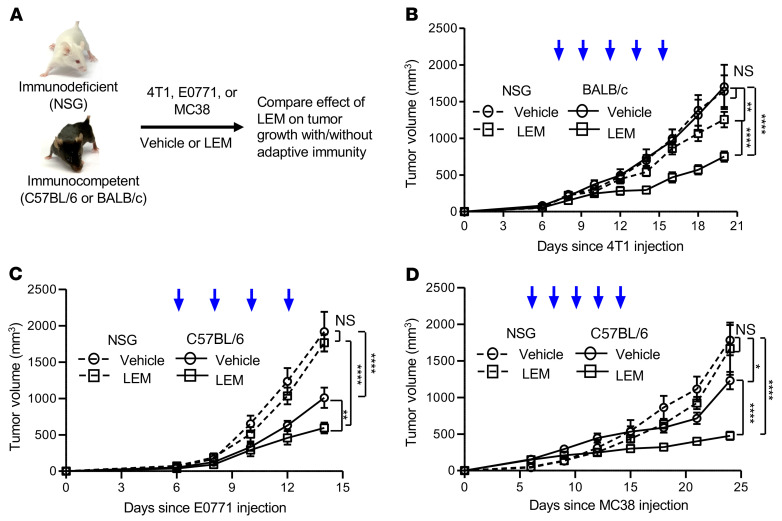Figure 2. Therapeutic effects of echinomycin on tumor growth in immunodeficient and immunocompetent mice.
Three murine tumor lines were tested: 4T1, E0771, and MC38. For each, immunodeficient (NSG) and immunocompetent (BALB/c or C57BL/6) mice were inoculated (day 0), and treatment was initiated with control liposomes (vehicle) or echinomycin liposomes (LEM) on day 6 (blue arrows indicate a single treatment). Tumor growth kinetics were compared to deduce the role of adaptive immunity in the therapeutic effects of echinomycin. (A) Diagram of experimental design. (B) NSG and BALB/c mice received 4T1 cells (1 × 106/mouse) and were treated with vehicle or 0.15 mg/kg LEM (n = 10/group). Mean tumor volumes ± SEM are shown and were analyzed by 2-way ANOVA. The data are representative of 2 independent experiments. (C) NSG and C57BL/6 mice received E0771 cells (0.7 × 106/mouse) and were treated with vehicle or 0.25 mg/kg LEM (n = 5/group). Mean tumor volumes ± SEM are shown and were analyzed by 2-way ANOVA. The data are representative of 2 independent experiments. (D) NSG and C57BL/6 mice received MC38 cells (1 × 106/mouse) and were treated with vehicle or 0.15 mg/kg LEM (n = 5/group). Mean tumor volumes ± SEM are shown, which were analyzed by 2-way ANOVA. The data are representative of 2 independent experiments. *P < 0.05; **P < 0.01; ****P < 0.0001.

